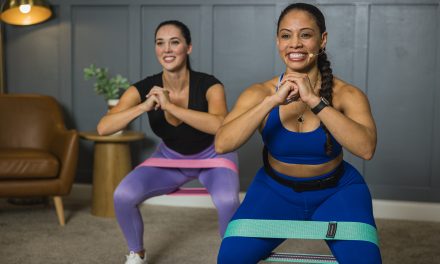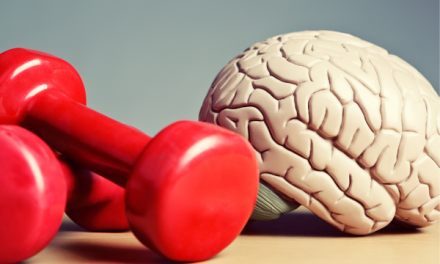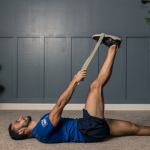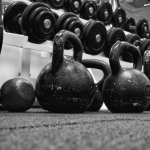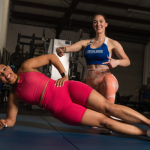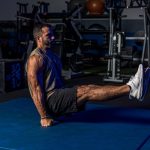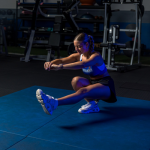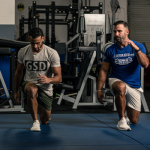Are you sacrificing your future mobility for muscles?
For years, we’ve been told that building muscle is the key to aging well.
But what if your relentless focus on strength is actually holding you back?
Sure, muscles are important, but if they’re your only priority, you might be trading away the very thing that keeps you moving: mobility.
Tight joints, limited range of motion, and chronic pain don’t care how much you can lift.
It’s time to rethink your approach—because without mobility, all that muscle won’t mean much.
Let’s dive into why balancing strength and mobility is the true key to long-term health.
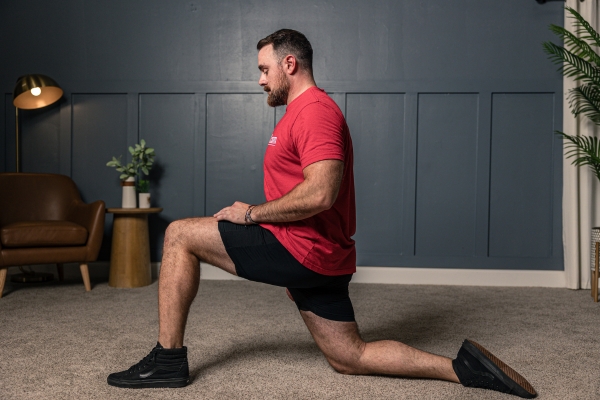
What is Mobility? More Than Just Flexibility
Mobility is more than just being able to touch your toes; it’s the ability to move your joints freely and control them through their full range of motion.
Unlike strength, which focuses on muscle power, or flexibility, which is about the length of your muscles, mobility combines control, stability, and flexibility.
It’s what allows you to squat without pain, lift your arms overhead without straining, and move fluidly in everyday life.
The benefits of mobility go far beyond the gym—it’s about moving well in life.
Good mobility reduces the risk of injury, improves posture, and enhances overall movement quality.
As we age, it becomes even more crucial; those with better mobility are less likely to suffer falls, joint problems, or chronic pain.
Mobility keeps you active and independent, allowing you to do what you love without being held back by your body.
But don’t confuse mobility with flexibility.
While flexibility is the passive ability to stretch a muscle, mobility is about actively controlling your movement through a range of motion.
It’s the difference between being able to pull your leg up high (flexibility) and being able to actively lift and control your leg in that same position (mobility).
This control is what makes mobility uniquely important—it’s not just about moving more, but moving better.

The Role of Muscles After 40
As we get older, our bodies begin to experience a gradual loss of muscle mass, a condition known as sarcopenia.
This muscle loss can start as early as our 30s and accelerates in our 40s and beyond, leading to decreased strength, slower metabolism, and a decline in overall physical function.
That’s why maintaining muscle through strength training isn’t just about looking good; it’s essential for staying healthy and independent.
Strong muscles support bone density, help maintain a healthy metabolic rate, and allow us to perform daily activities with ease.
However, focusing solely on muscle gains has its downsides.
Prioritizing strength at the expense of mobility can lead to tight muscles, reduced range of motion, and a greater risk of injury.
This muscle-only approach often results in a body that looks powerful but moves poorly, with stiff joints and limited flexibility.
The key is balance—building muscle while also incorporating mobility work to ensure your body is strong, agile, and resilient as you age.
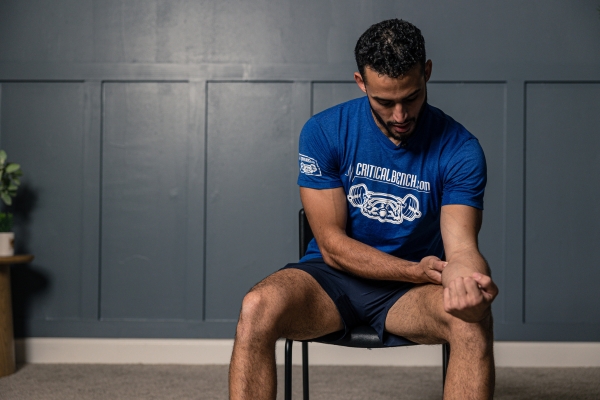
Why Balance is Key: Integrating Mobility and Strength
Combining mobility and strength training creates a powerful synergy that enhances overall fitness.
Improved mobility allows your muscles to function more efficiently, giving you better form and reducing the risk of injury during workouts.
At the same time, strength training supports joint stability, helping you maintain control and power throughout your range of motion.
This combination not only makes you stronger but also helps you move better, with more fluidity and less restriction.
As you move past 40, your focus should shift toward functional fitness—training that goes beyond building muscle for aesthetics.
This approach emphasizes movements that mirror real-life activities, helping you lift, bend, twist, and reach with ease.
It’s about developing a body that’s not just strong but capable of handling the physical demands of daily life without pain or limitation.
To assess whether your routine is balanced, try these quick self-checks:
Overhead Squat Test: Can you squat deeply with your arms overhead without your knees caving in or your heels lifting off the ground?
Touch Your Toes: Standing with legs straight, can you comfortably reach down and touch your toes without straining?
Wall Test: Stand with your back against a wall, arms at shoulder height. Can you rotate your arms to touch the wall behind you without arching your lower back?
These simple tests can reveal whether you need to add more mobility work or strength training to achieve a well-rounded, balanced fitness routine.
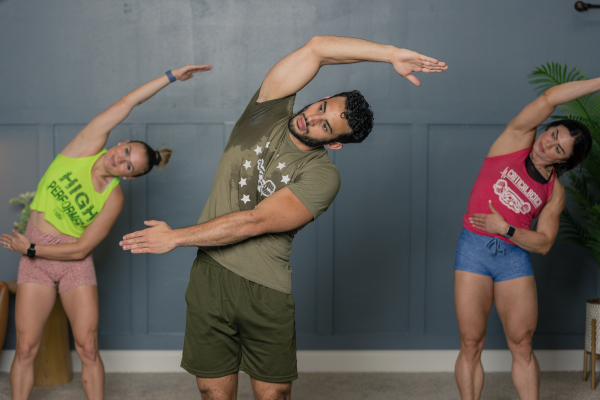
Practical Tips to Improve Mobility Without Sacrificing Muscle
Improving mobility doesn’t mean you have to compromise on building muscle; it’s about integrating the right moves into your routine.
Start with dynamic warm-ups that focus on mobility, like leg swings, arm circles, and deep lunges, to prime your muscles and joints before strength training.
These mobility-focused warm-ups not only prepare your body but also help activate the muscles you’ll be using, improving overall performance.
To keep mobility front and center, incorporate specific drills into your workouts, such as hip openers, thoracic spine rotations, and ankle mobility exercises.
These moves can be seamlessly added between sets or on rest days, allowing you to maintain joint health and movement quality without eating into your strength training time.
Don’t forget about mobility-focused cool downs at the end of your workouts.
Stretching your hips, shoulders, and other tight areas after training helps restore your muscles’ length and maintains your range of motion.
This simple addition to your routine can prevent stiffness, enhance recovery, and ensure you stay both strong and flexible as you age.
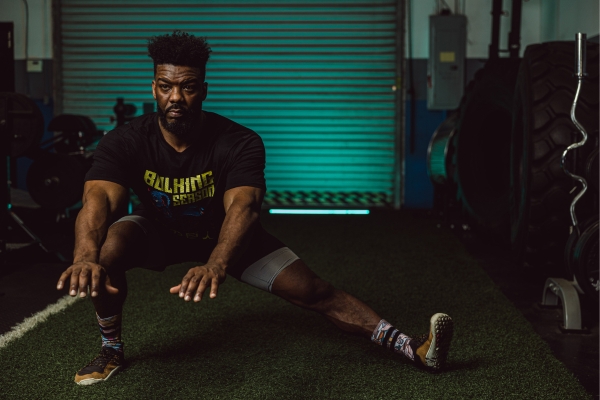
Finding the Perfect Balance Between Mobility and Muscle
Maintaining balance between strength and mobility after 40 isn’t just a recommendation—it’s a necessity for long-term health and performance.
By integrating both elements into your fitness routine, you can build muscle, enhance joint function, and move with confidence well into your later years.
Ready to take your mobility and strength to the next level?
Try our Metabolic Stretching program, designed to boost your flexibility, enhance your range of motion, and torch calories—all in one dynamic workout.
Don’t just stretch—transform your body with a program that blends mobility and fat-burning moves for results you can feel.
Start your journey with Metabolic Stretching today!


